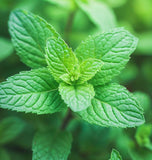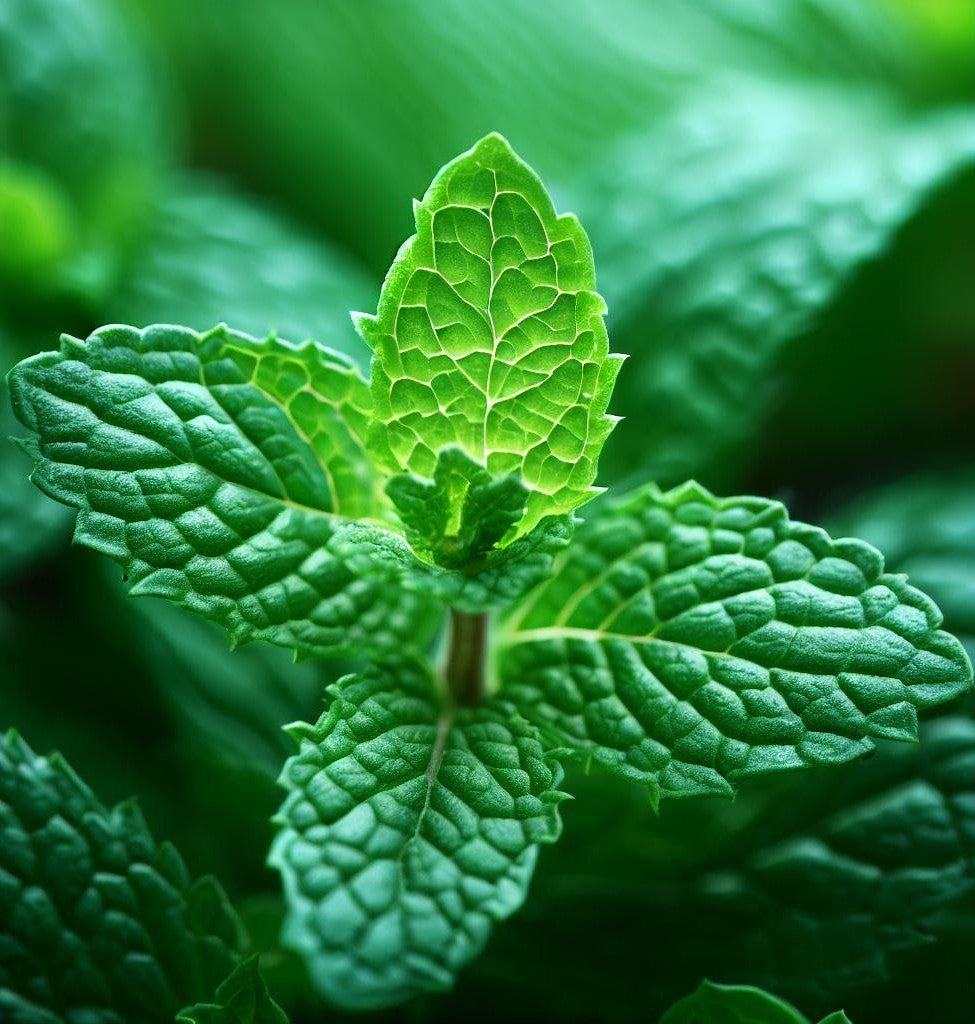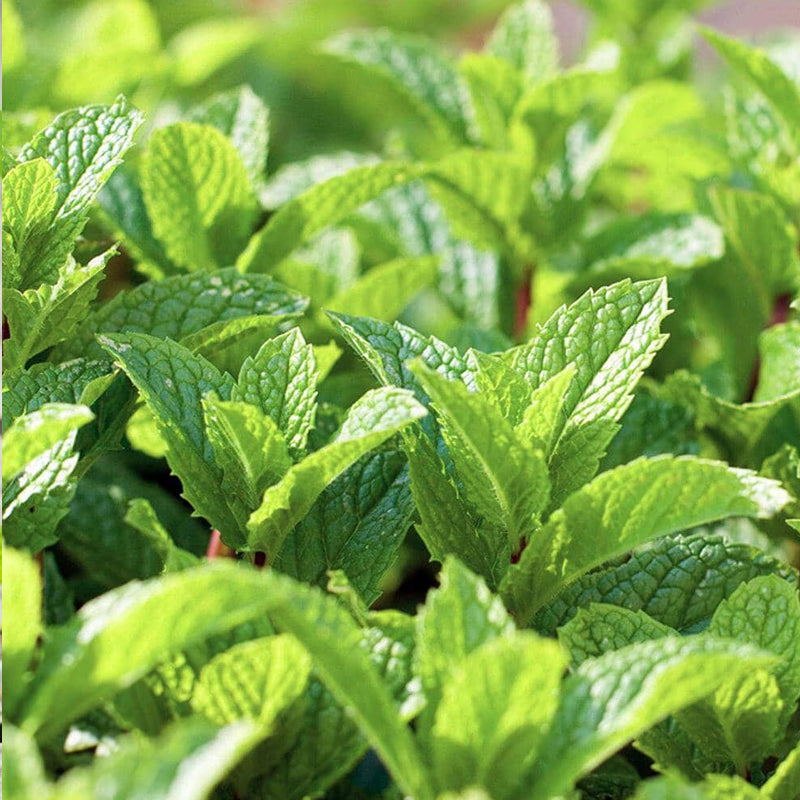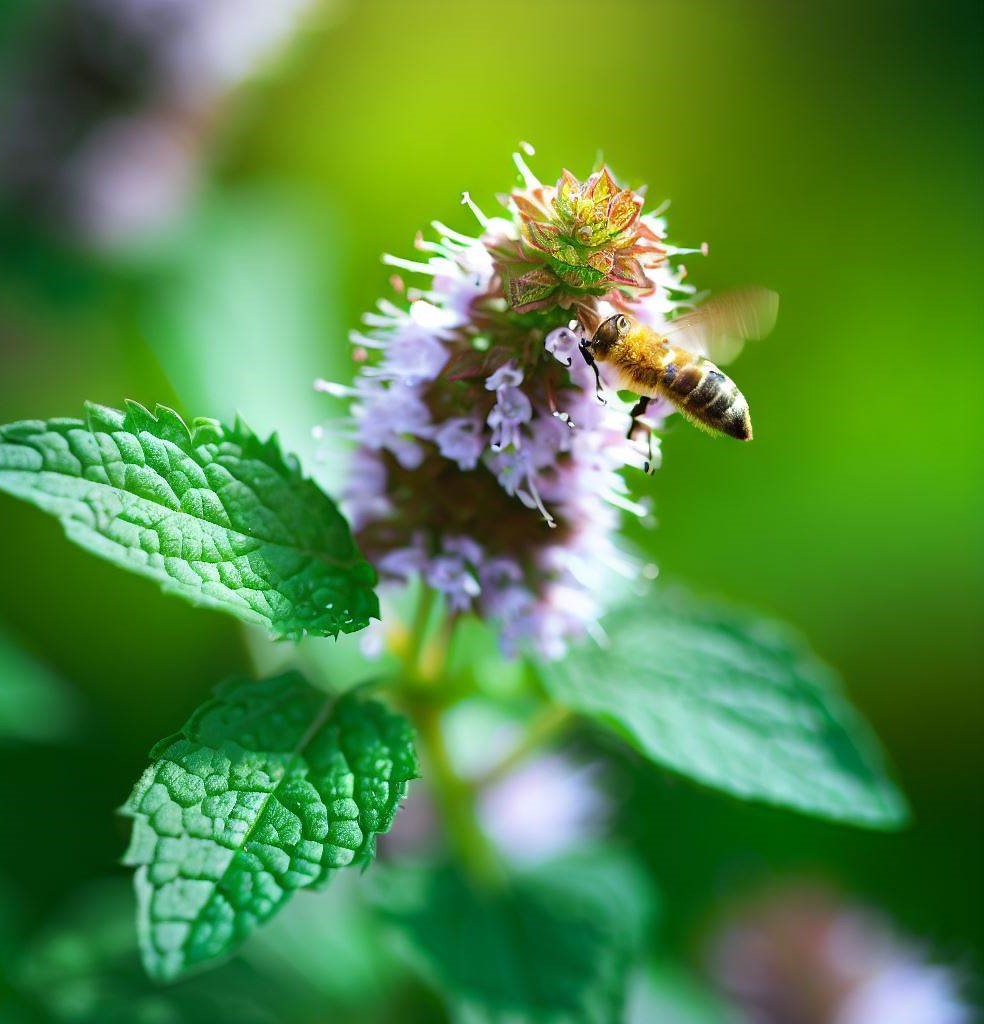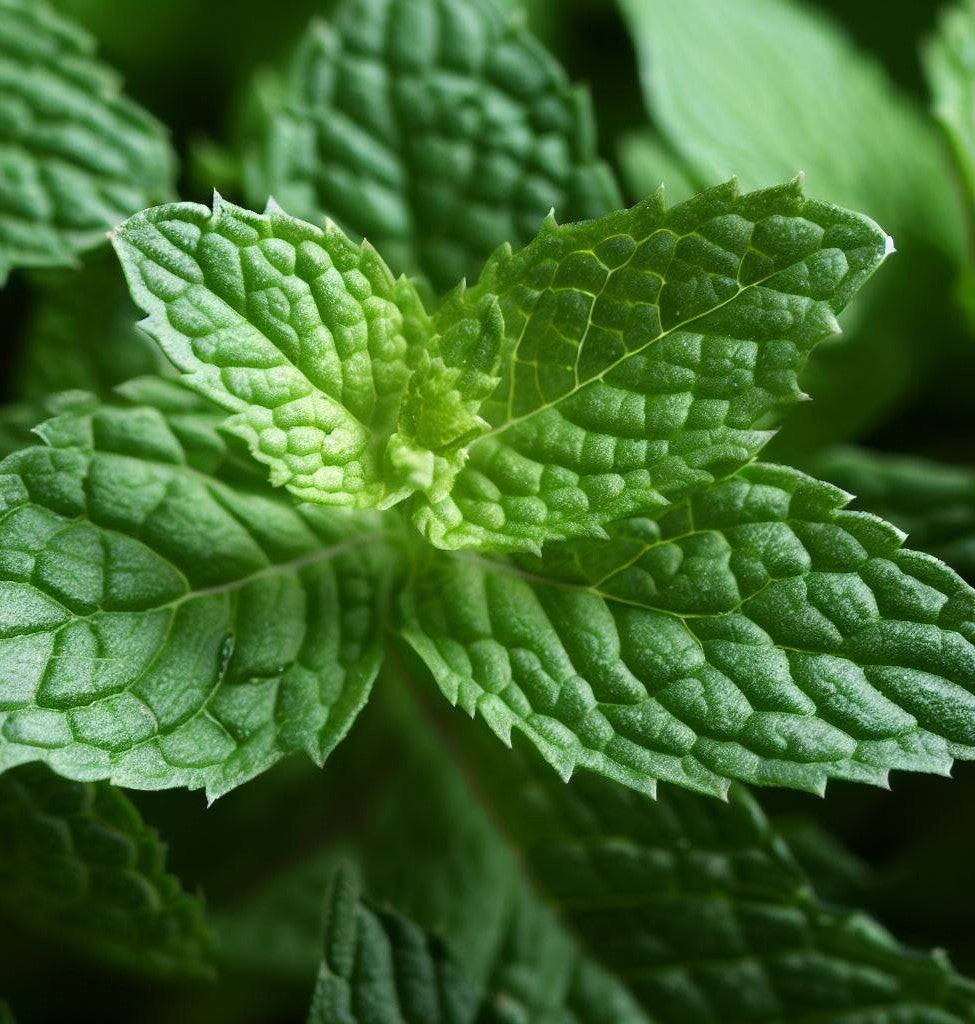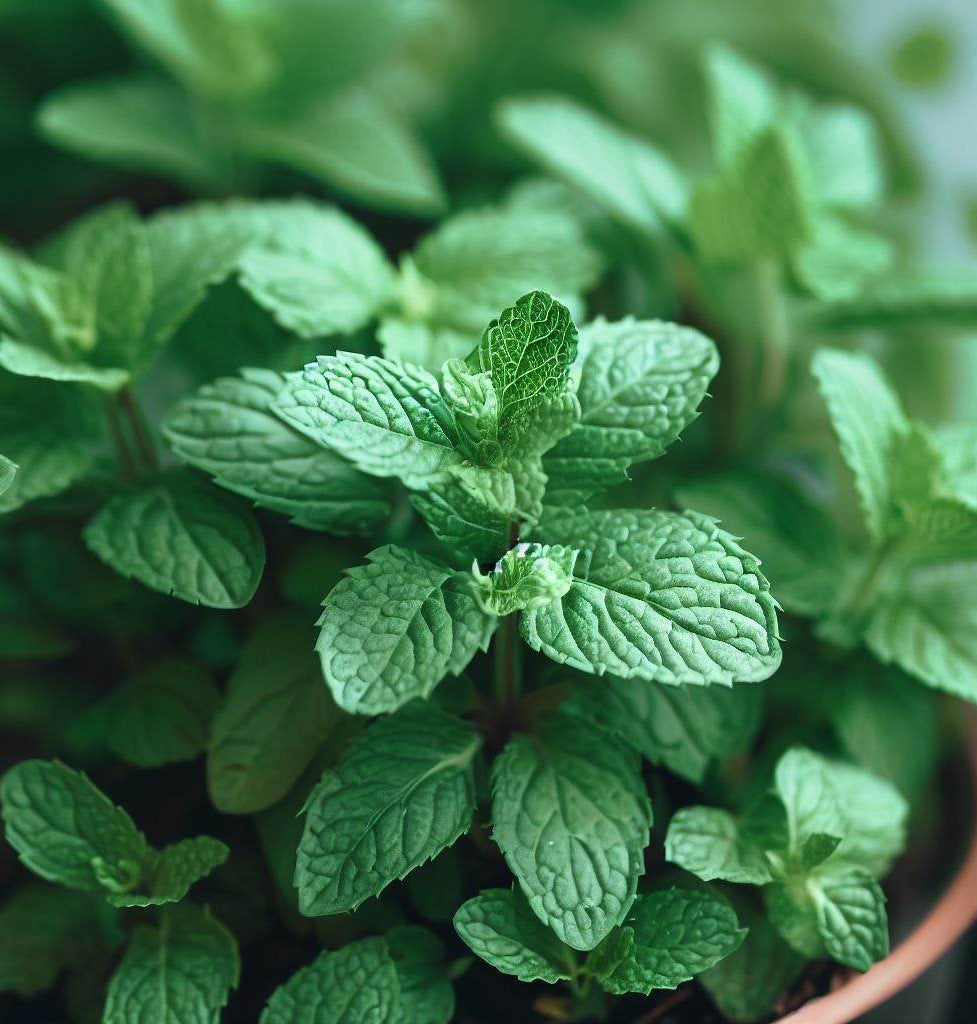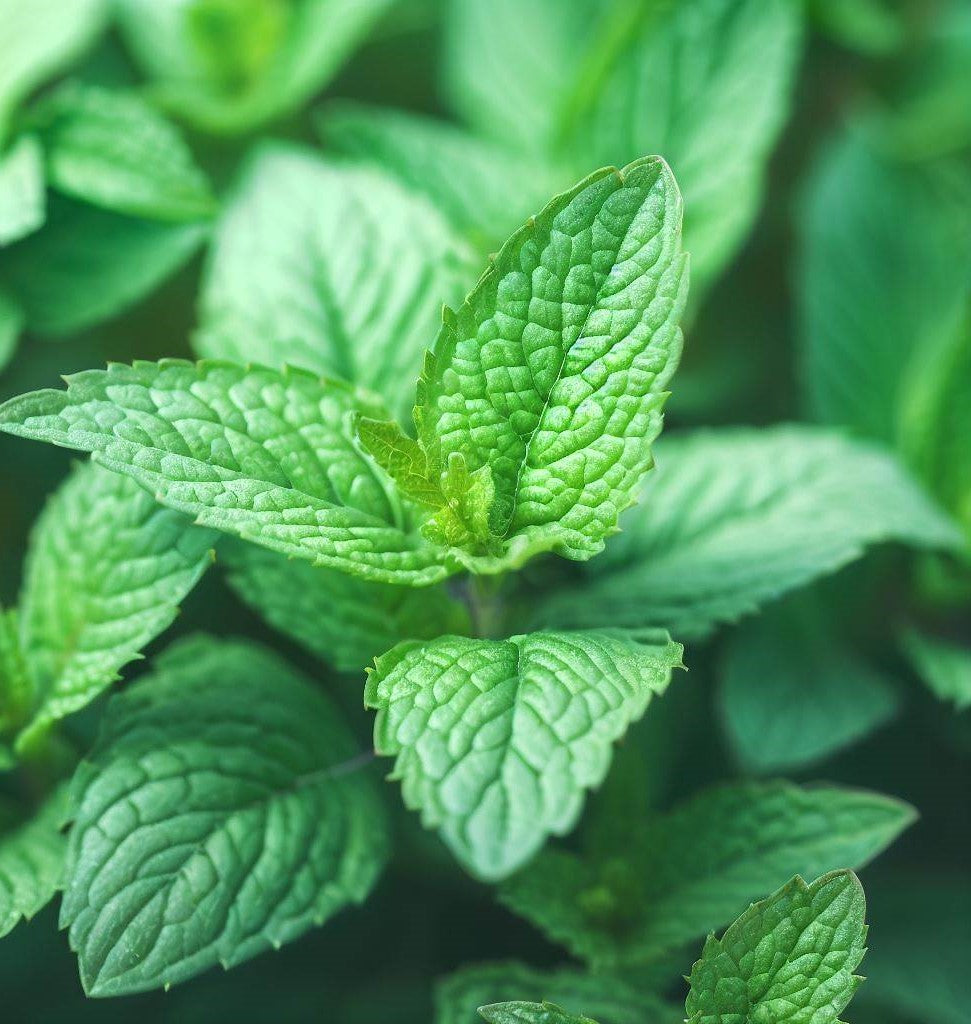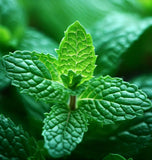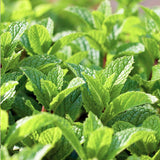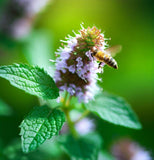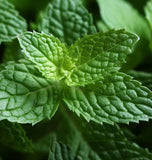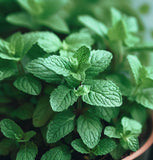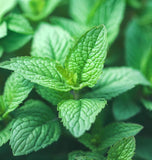Mint, Peppermint (Mentha piperita)
Mint, Peppermint (Mentha piperita) is a hybrid mint plant that is a cross between watermint (Mentha aquatica) and spearmint (Mentha spicata). It belongs to the Lamiaceae family and is well-known for its strong aroma and cooling, menthol-like flavor. Peppermint is widely cultivated for its culinary, medicinal, and aromatic uses.
Appearance: Peppermint is a perennial herb that grows up to 2 to 3 feet (60 to 90 cm) in height. It has square stems with dark green, oval-shaped leaves that are slightly serrated along the edges. The leaves have a strong minty aroma when crushed. Peppermint also produces small, purple or white flowers in spikes.
Culinary Uses: Peppermint is a popular herb used for its refreshing flavor. The leaves are commonly used fresh or dried to add a cooling sensation and minty taste to a variety of culinary creations. Peppermint is used in teas, desserts, beverages, sauces, salads, and more. It pairs well with chocolate, fruits, and savory dishes like lamb and poultry.
Medicinal Properties: Peppermint has a long history of medicinal use. It is known for its potential digestive benefits and is often used to relieve indigestion, gas, bloating, and stomach discomfort. Peppermint oil is also used topically to soothe headaches and muscle aches. It may have antimicrobial and anti-inflammatory properties as well. However, it's important to consult a healthcare professional before using peppermint medicinally, especially if you have specific health concerns or are on medications.
Aromatic and Refreshing Uses: The strong menthol-like aroma of peppermint makes it a popular choice for various aromatic uses. Peppermint essential oil is widely used in aromatherapy to invigorate the senses, promote mental clarity, and provide a cooling effect. Peppermint-scented products like candles, soaps, and lotions are also enjoyed for their refreshing qualities.
Growing Peppermint: Peppermint is a hardy perennial that prefers moist, well-drained soil and partial shade. It can be grown from seeds, but it is more commonly propagated through root divisions or cuttings. Due to its spreading nature, it is often recommended to grow peppermint in containers or designated areas to prevent it from taking over the garden.
Precautions: Peppermint is generally safe for culinary and aromatic uses. However, concentrated peppermint oil can be potent and may cause skin irritation or allergic reactions in some individuals. It is important to dilute essential oils properly and perform a patch test before using them topically. Additionally, high doses of peppermint or peppermint oil may interact with certain medications or exacerbate certain health conditions, so it's advisable to consult a healthcare professional if you have specific concerns.
Peppermint is a versatile herb that offers a refreshing flavor and aroma. Whether enjoyed in teas, used in cooking, or incorporated into aromatherapy, peppermint can provide a delightful sensory experience and potentially offer some health benefits.
Botanical name : Mentha piperita
Common name : Mint, Peppermint
Life cycle : Perennial in Zones 5-10
Days to maturity : 90-120
Light requirement : Full sun
Planting time : Spring/Summer
Sowing method : Direct sow
Planting depth : ¼”
Plant spacing : 8-10"
Ships : Year-round
Average seed per ounce : Approx. 100,000

